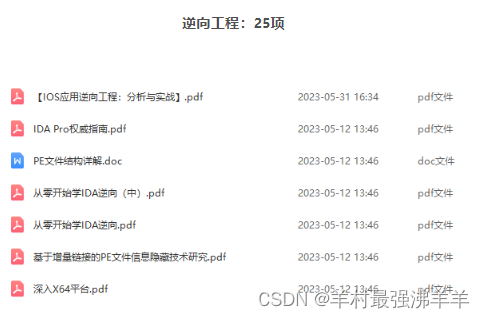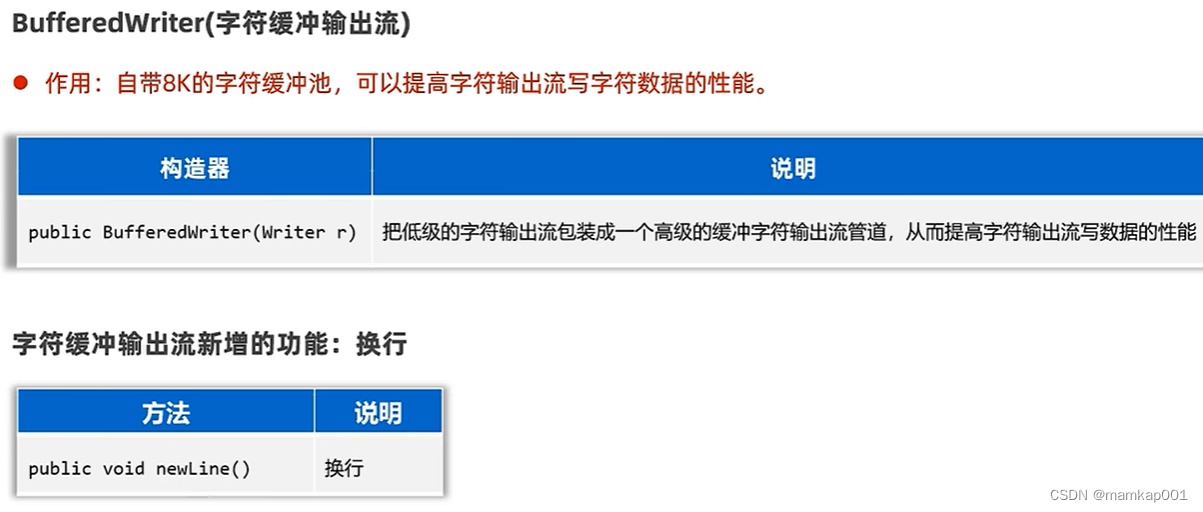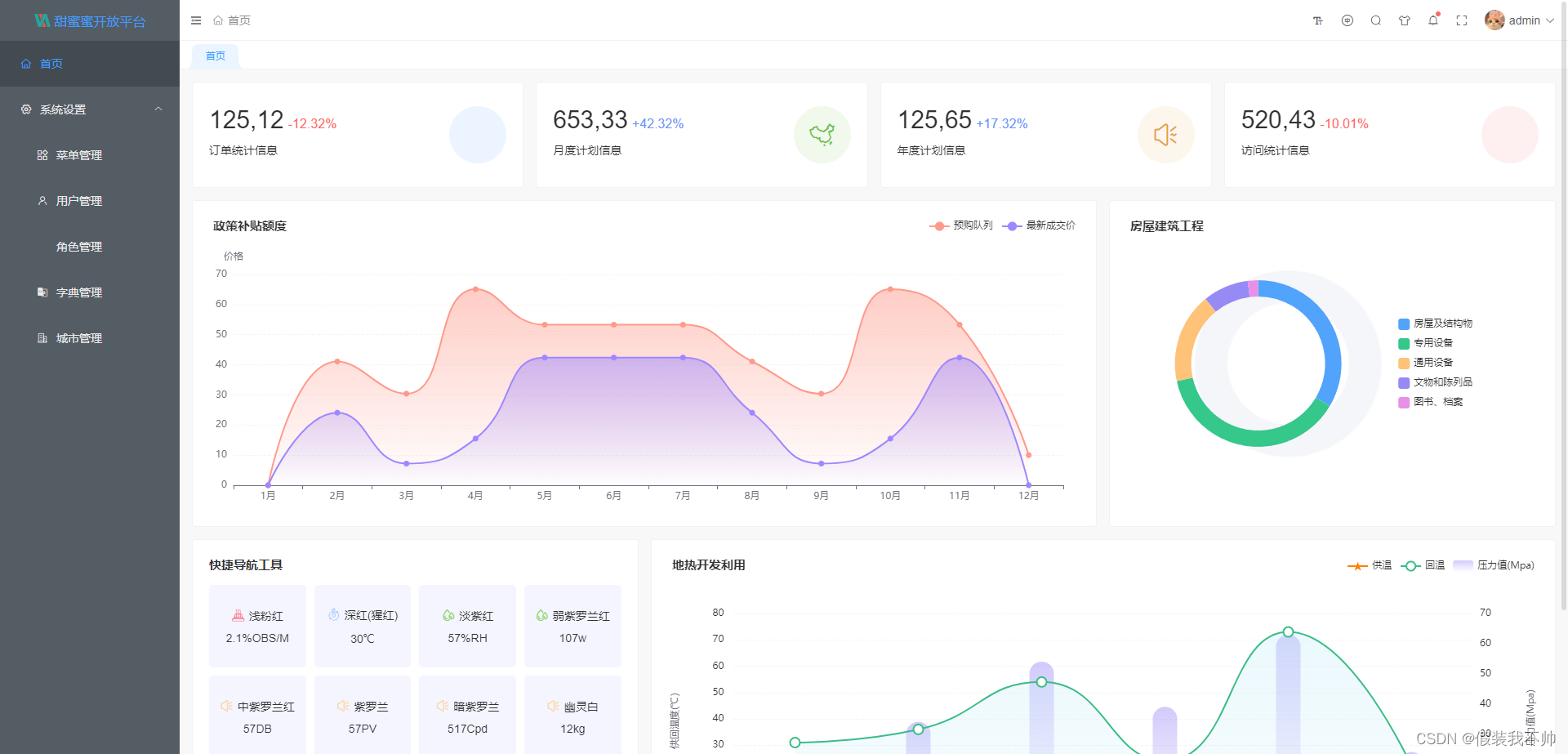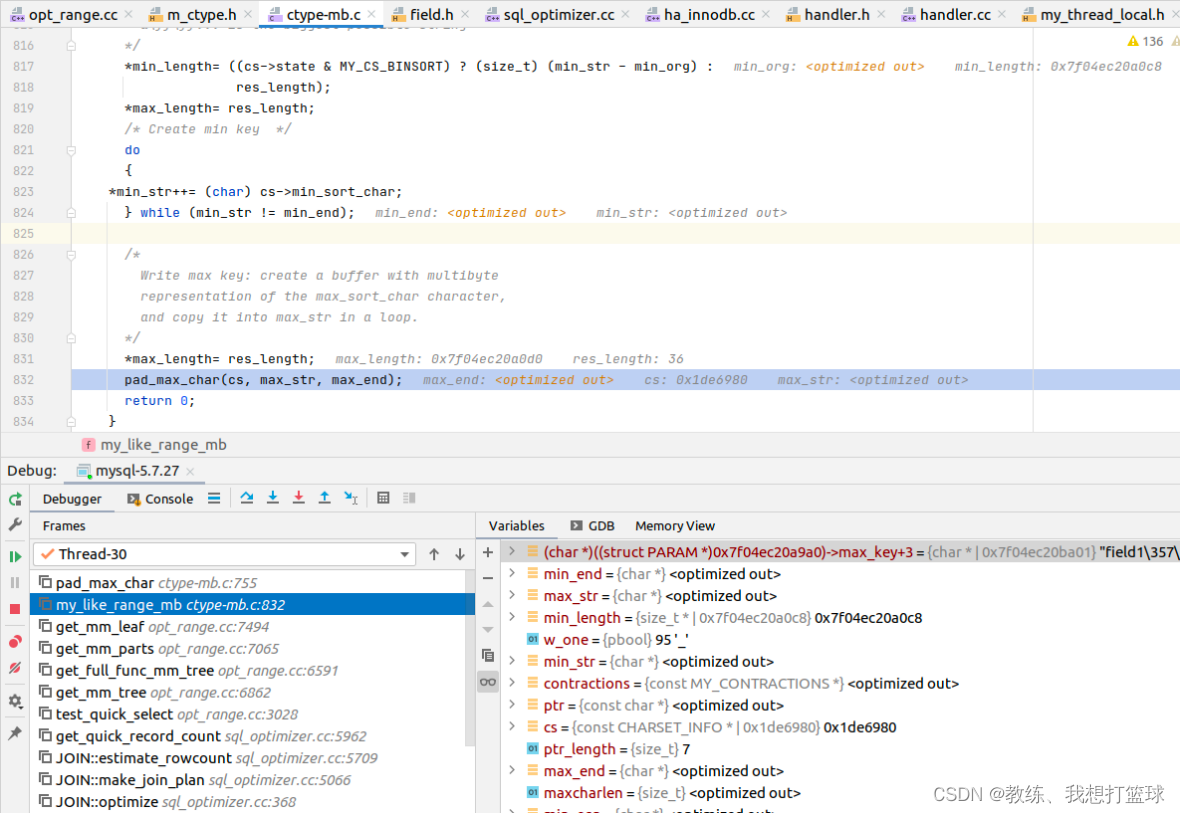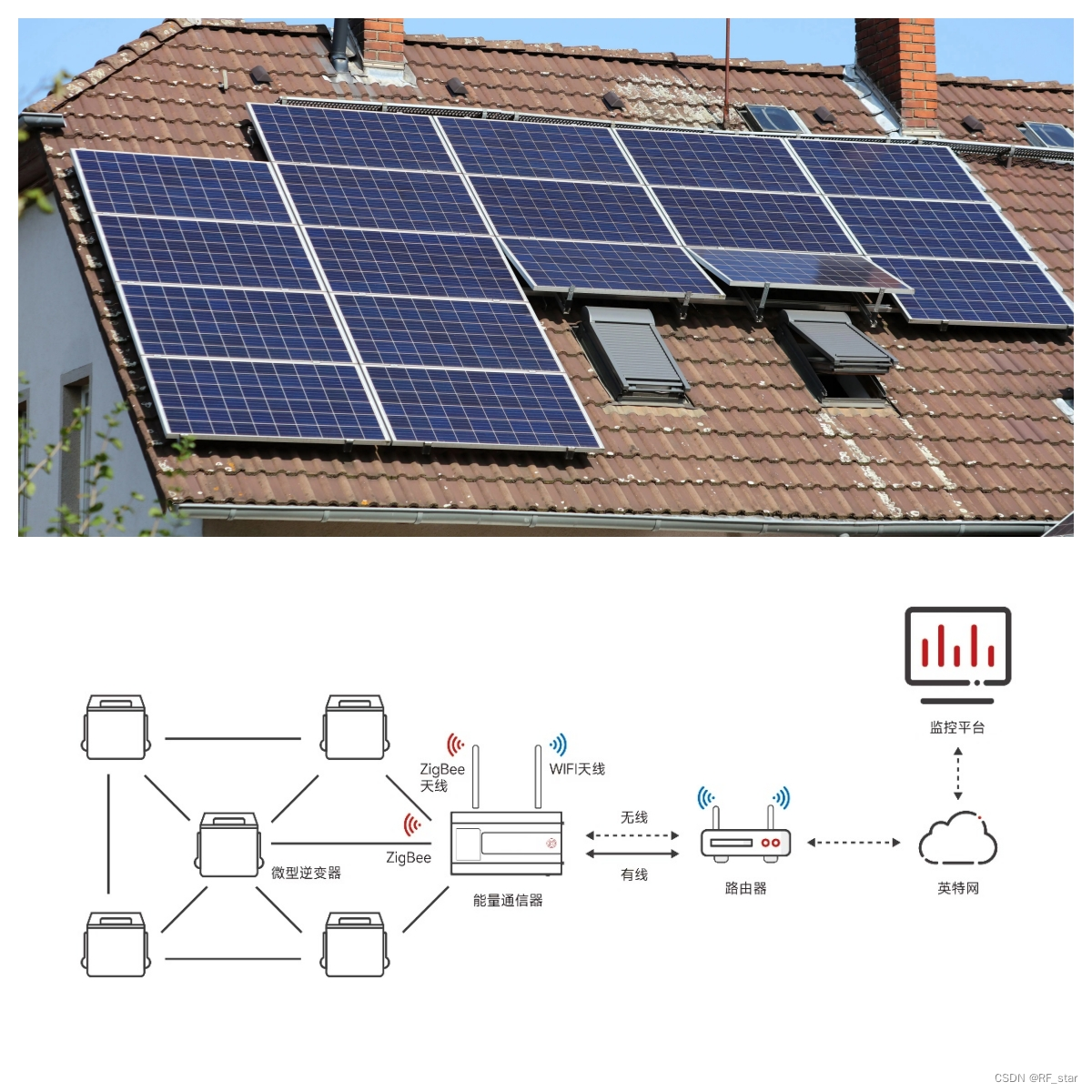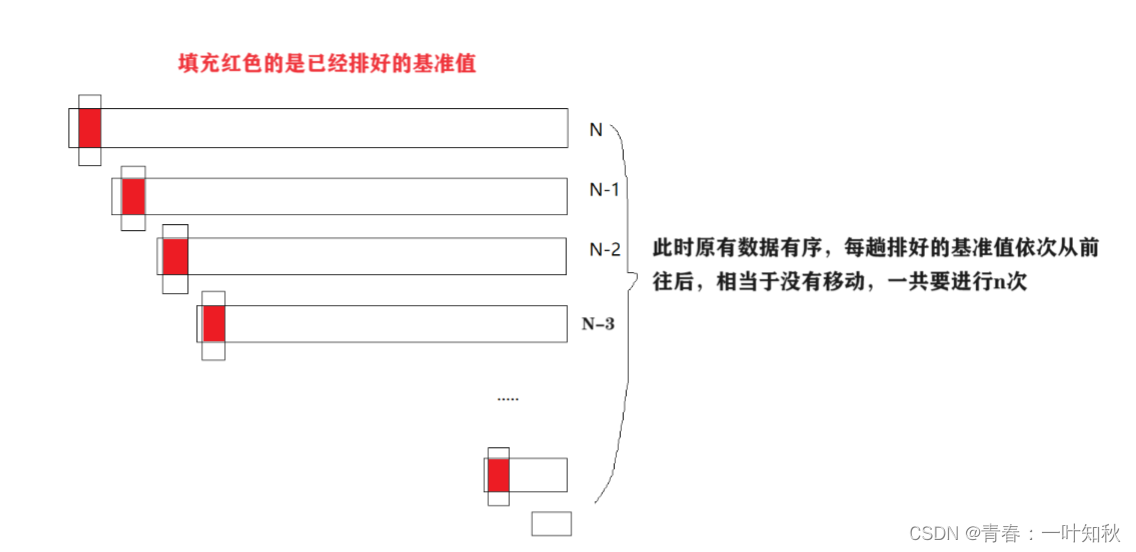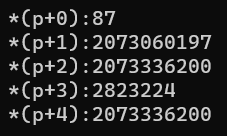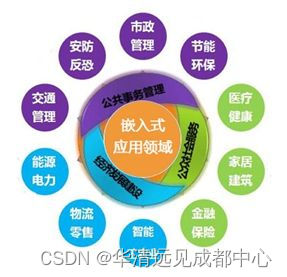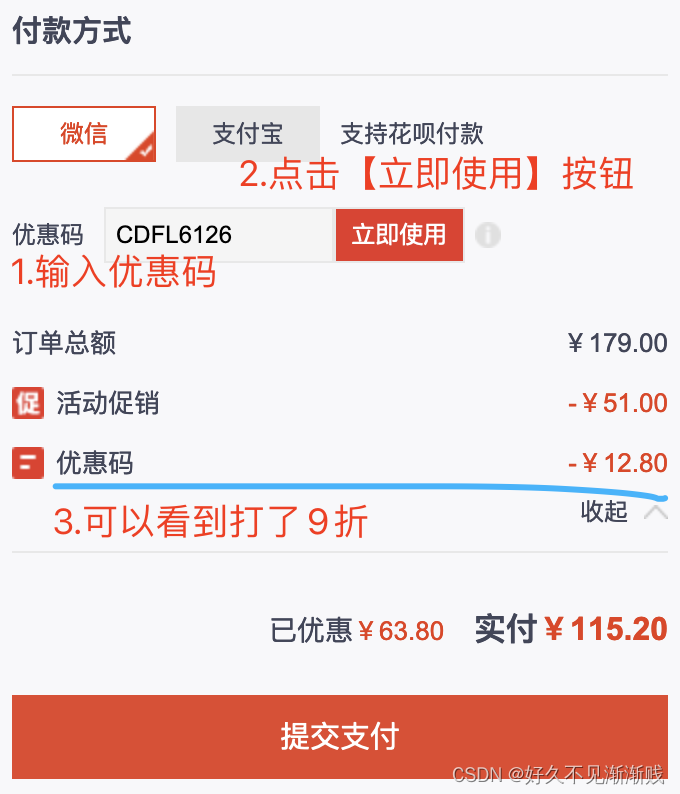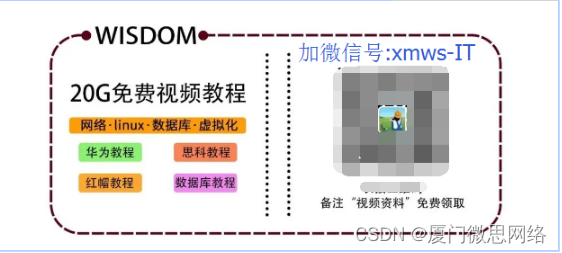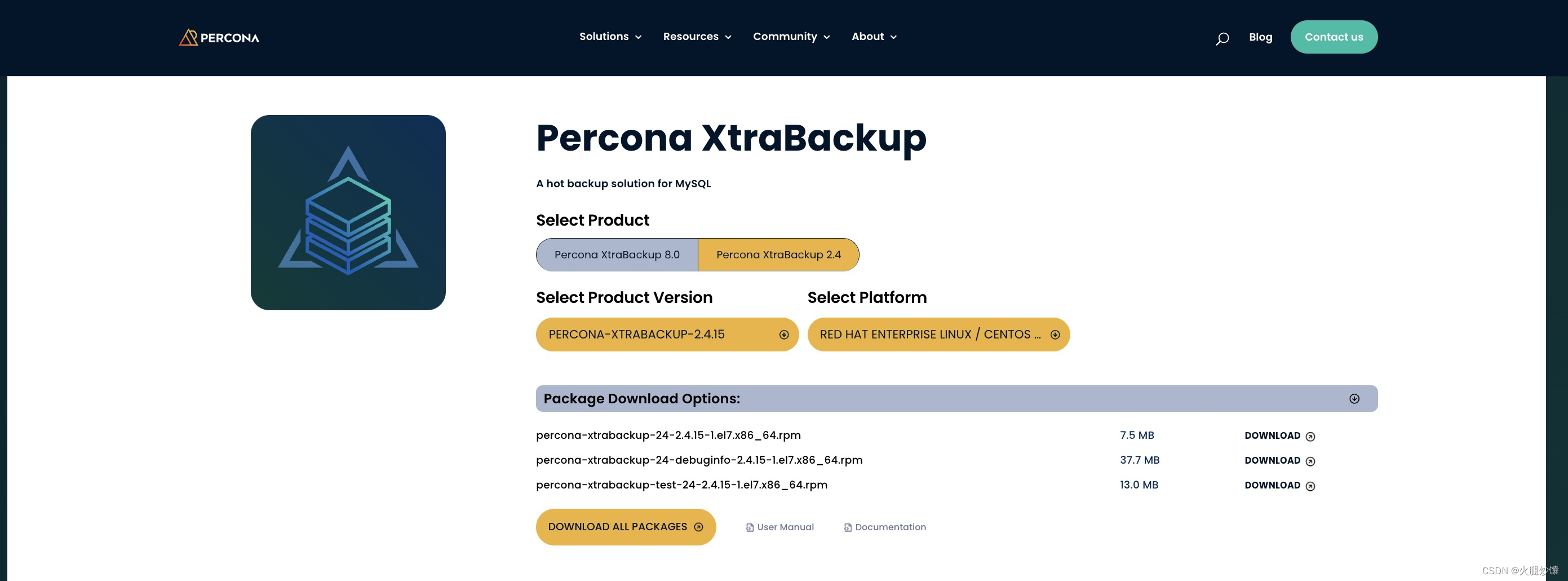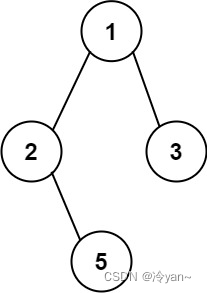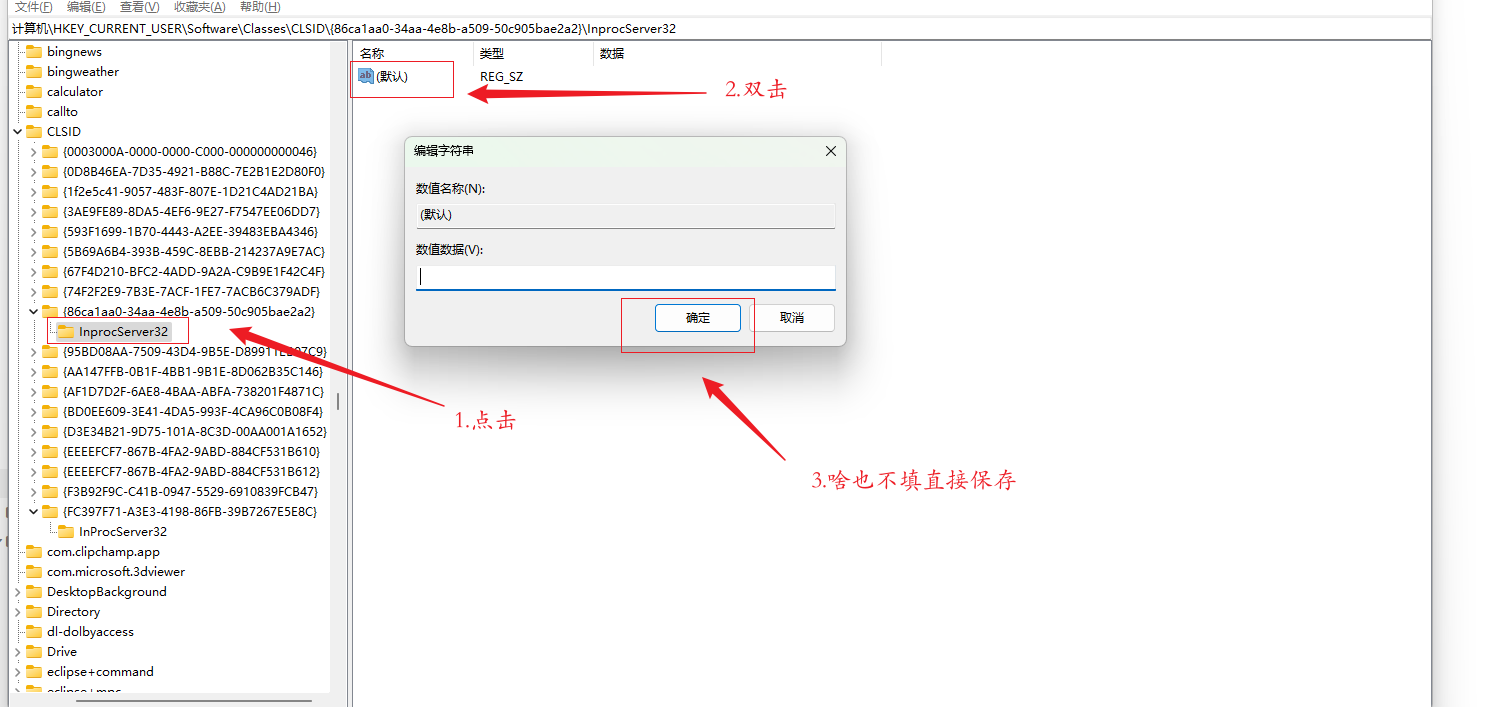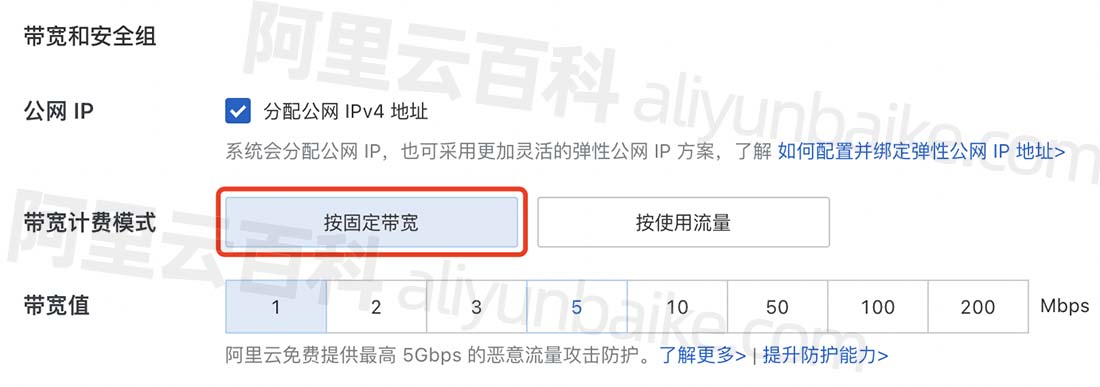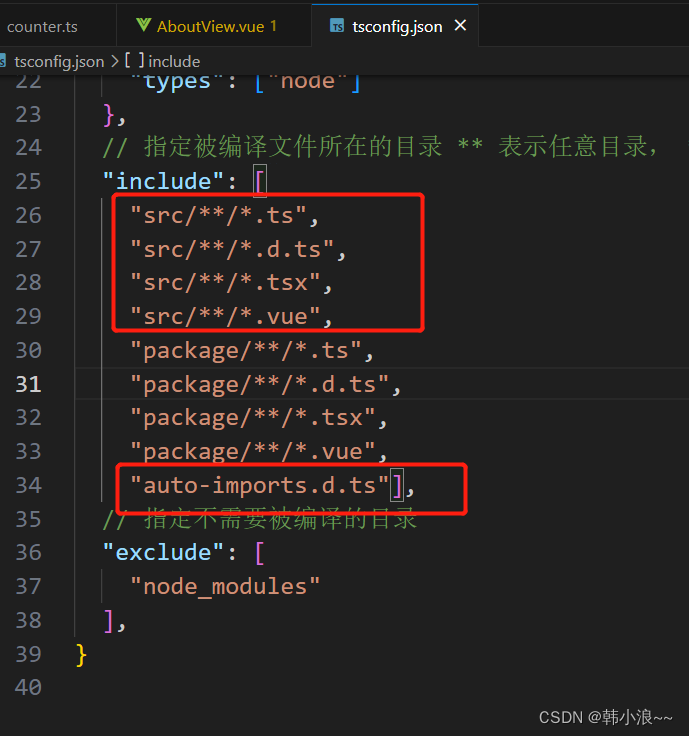
更多资料获取
🤓 作者主页:涛哥聊Python
📚 个人网站:涛哥聊Python
在Python编程中,字符串是一种不可或缺的数据类型,用于表示文本和字符数据。本文将深入探讨Python字符串的各个方面,从基础概念到高级技巧,帮助您更好地利用这个强大的数据类型。
1. 字符串的定义和特点
- 字符串是由字符组成的序列,可以包含字母、数字、特殊字符等。
- 字符串是不可变的,一旦创建,就不能修改其中的字符。
- 字符串可以使用单引号
' '、双引号" "或三引号''' '''或""" """来定义。
text1 = 'Hello, World!'
text2 = "Python Programming"
text3 = '''This is a
multiline string.'''
2. 字符串的基本操作
- 字符串连接:使用
+运算符将两个字符串连接。
greeting = "Hello"
name = "Alice"
message = greeting + ", " + name + "!"
- 字符串重复:使用
*运算符重复字符串。
stars = "*" * 10
3. 常见字符串方法
len()函数:返回字符串的长度。
text = "Python"
length = len(text) # 返回值为 6
upper()和lower()方法:将字符串转换为大写或小写。
text = "Hello, World!"
upper_text = text.upper() # "HELLO, WORLD!"
lower_text = text.lower() # "hello, world!"
strip()方法:去除字符串两端的空格或指定字符。
text = " Python "
clean_text = text.strip() # "Python"
4. 字符串格式化
- 使用占位符
%进行字符串格式化。
name = "Alice"
age = 30
message = "My name is %s and I am %d years old." % (name, age)
- 使用 f-字符串(格式化字符串字面值)。
name = "Alice"
age = 30
message = f"My name is {name} and I am {age} years old."
5. 字符串处理技巧
- 字符串切片:使用索引获取字符串的子串。
text = "Python"
substring = text[2:4] # "th"
- 字符串拆分:使用
split()方法拆分字符串为列表。
sentence = "Hello, how are you?"
words = sentence.split() # ["Hello,", "how", "are", "you?"]
6. 实际应用场景
- 文本处理:字符串用于文本分析、文档处理和自然语言处理任务。
# 统计单词频率
text = "This is a sample text. It contains some sample words."
word_count = {}
words = text.split()
for word in words:
if word in word_count:
word_count[word] += 1
else:
word_count[word] = 1
- 用户输入验证:字符串用于验证用户输入的数据。
# 验证邮箱地址
import re
email = input("请输入邮箱地址:")
if re.match(r"[^@]+@[^@]+\.[^@]+", email):
print("邮箱地址有效")
else:
print("邮箱地址无效")
总结
Python字符串是处理文本和字符数据的强大工具。本文介绍了字符串的定义、基本操作、常见方法、格式化、处理技巧和实际应用场景。深入了解字符串将帮助你在Python编程中更灵活地处理文本数据。
Python学习路线
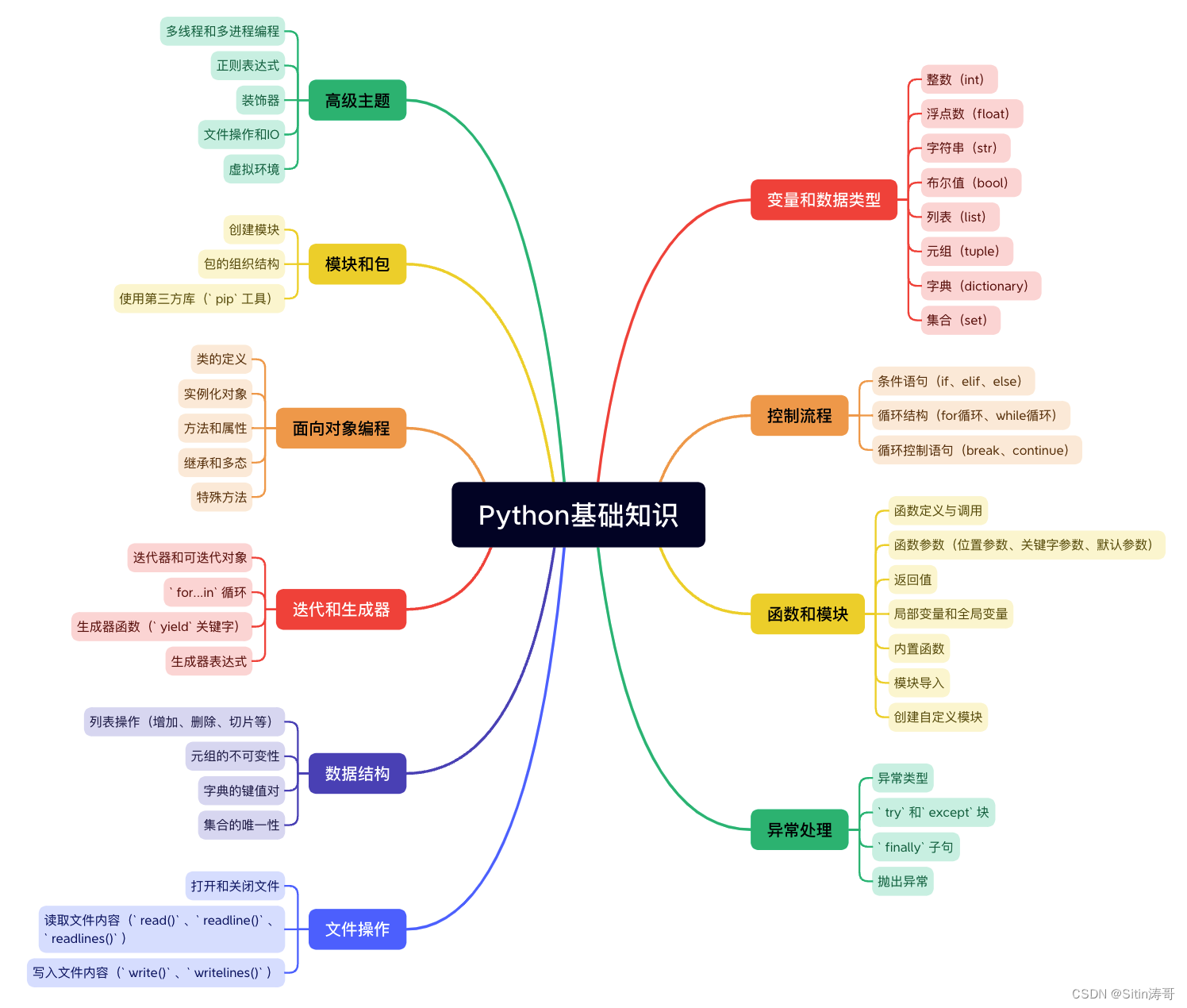
更多资料获取
🤓 作者主页:涛哥聊Python
📚 个人网站:涛哥聊Python
如果还想要领取更多更丰富的资料,可以点击文章下方名片,回复【优质资料】,即可获取 全方位学习资料包。
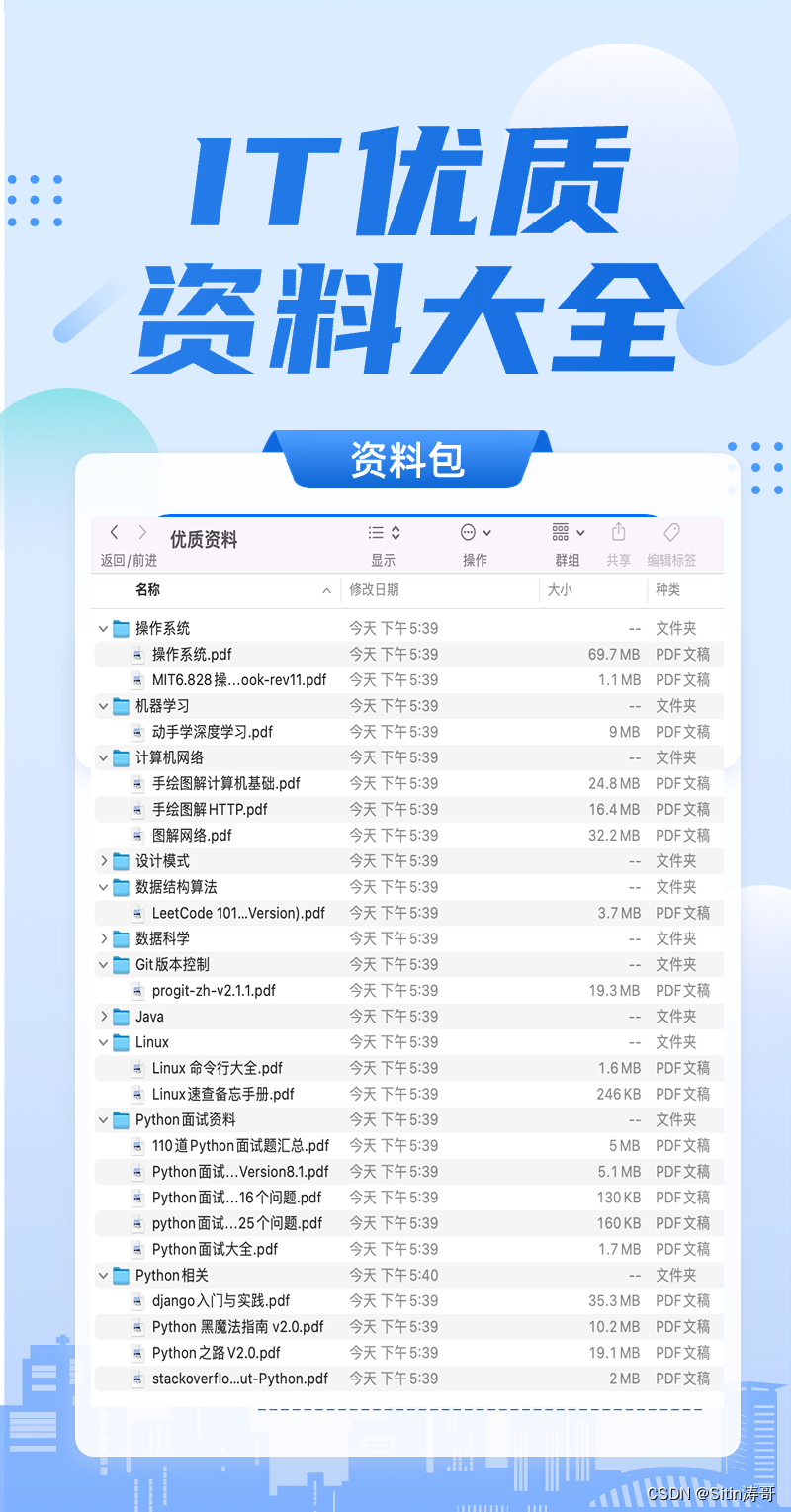
点击文章下方链接卡片,回复【优质资料】,可直接领取资料大礼包。
